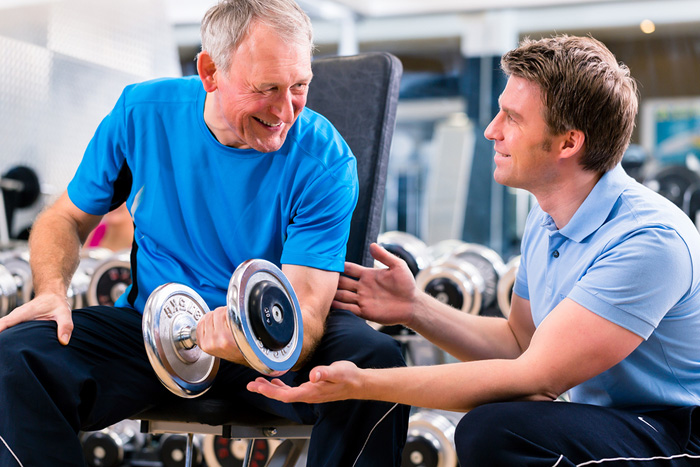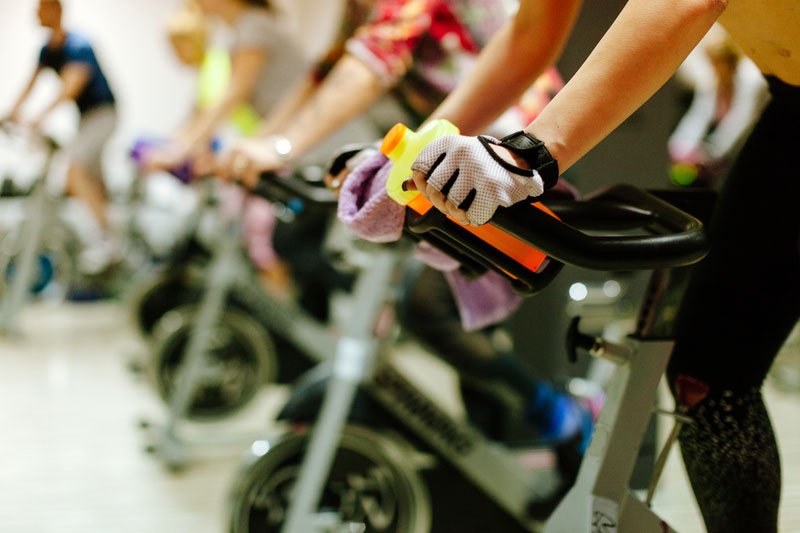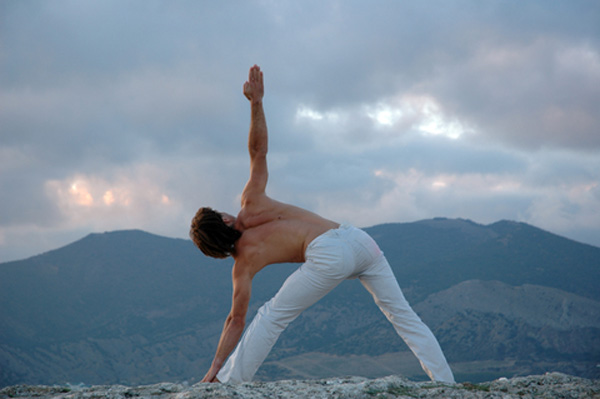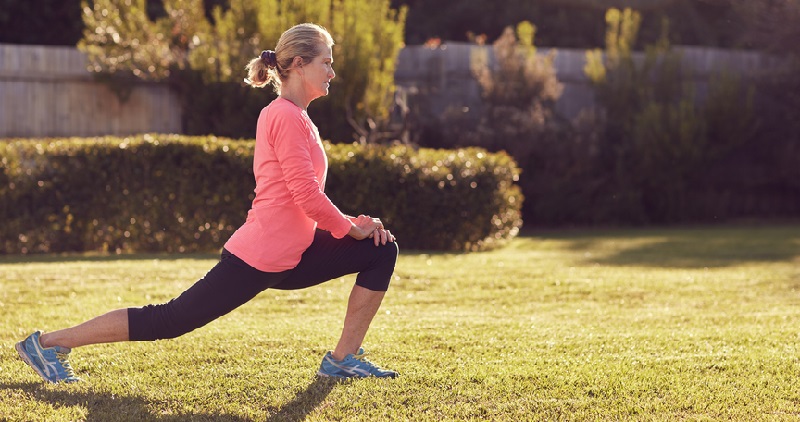Why Active Recovery from Exercise is Increasingly Popular
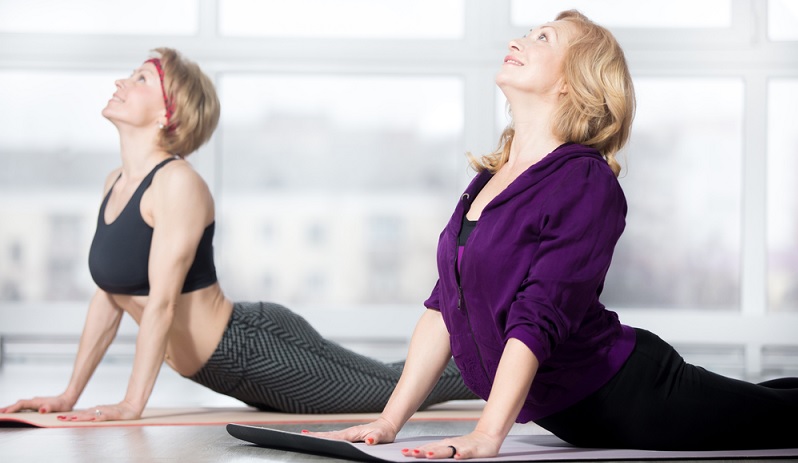
Have you heard about the benefits of active recovery? The harder you push yourself during a workout, the more important it is to recover. This allows sore, exhausted muscles to heal and grow while their ability to generate energy for the next workout is recovered. If you jump into another intense workout too soon, you’re likely to find that you can’t perform to the best of your ability because your body needs more time to rest.
The biggest benefit to recovery is the reduced risk of injury. Muscles that aren’t given time to recover are vulnerable to overuse injuries that could put you on the sidelines for weeks or even months to come.
It’s clear that recovery is important, but your idea of recovery may change once you understand the concept of active recovery.
What Is Active Recovery?
Many people think of recovery as complete abstinence from exercise because that’s what most professionals recommended for many years. Today, we have a better understanding of the importance of body movement, and it’s clear that your body still needs to move and exert energy even when recovering from an intense workout.
Active recovery is a middle ground between working out at your full potential and lounging at home with no energy exertion. You perform light workouts that don’t place much stress on your body while still allowing you to get your blood flowing and burn some calories. Enhanced blood flow is important to recovery because that blood carries much-needed nutrients to your muscles, allowing them to heal more efficiently.
The activities that you choose for our recovery days shouldn’t put much strain on your muscles. This is a great time to work in exercises that you find interesting and fun because you aren’t focused on maximizing fat burn, building muscle, or increasing strength.
Here are some of the most popular recovery workouts to give you an idea of what you may do on your “off” days:
- Tai Chi – This is a slow, precise form of martial arts that requires more mental focus than physical exertion. It can help you develop leaner, stronger muscles over time, but it won’t stress out your tired muscles too much.
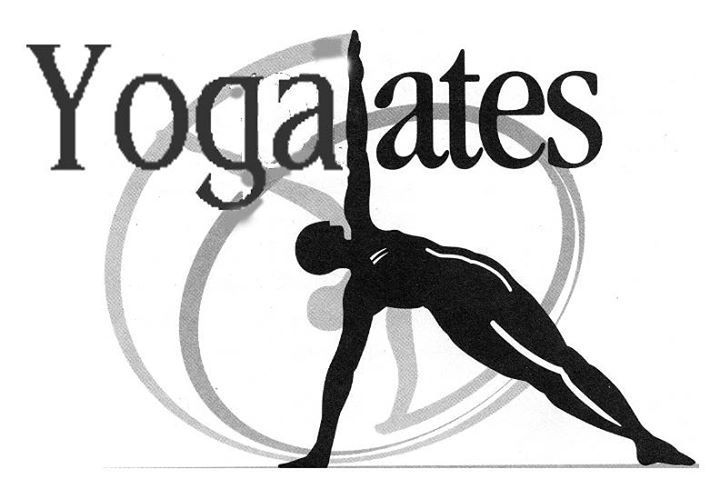
- Yoga or Pilates – There are many styles of yoga in practice today, but you want to select one that is relaxing and slower paced. Focus on syncing your breathing to your movement and tapping into that body-mind connection. Pilates is similar and will not only keep you limber, it can strengthen your muscles over time.
- Hula Hooping – Don’t go too heavy if you use the weighted hoops. Your goal is to get your abs and hips rocking while having a bit of fun.
- Walking or Hiking – Simply taking a walk is enough to elevate your off day from simple recovery to active recovery.
- Swimming – It won’t hurt to do some light body-strength exercises in the water, but don’t underestimate the force exerted by those foam water weights. They feel like lifting air on dry land but can really stress your muscles when water is applied. Swimming laps, water walking or just splashing around with your loved ones is enough for a recovery day.
- Dynamic Stretching - Slowly moving joints and muscles in their full range of motion helps prevent swelling, pooling, or water retention.
Continue this list by adding activities that you would enjoy. Do you want to spend an afternoon roller skating? Maybe you want to try out a Zumba Gold class or take a salsa lesson.
Implementing Active Recovery
While there are some clear benefits to this type of recovery, you may still have days that you just need to completely relax and not worry about exercise at all. Give yourself that luxury when needed, but also try to work in some light recovery workouts. You just might speed up your recovery period, allowing you to get back to your intense workouts faster.
More Topics That May Interest You:
Some of the advertisers on my website are affiliate partners, which means that I may receive a small commission from any sale, at no extra cost to you.
For example, the Amazon affiliate advertising program is designed to provide a means for sites to earn fees by advertising and linking to amazon.com.
Your tips and purchases help to support this free-information website.
Thank you.
The content of this website is for informational purposes only and not intended to be taken as a replacement for professional medical advice, care, diagnosis or treatment by a doctor, dietitian, physical therapist, nutritionist or fitness instructor.
DO NOT BEGIN ANY EXERCISE PROGRAM WITHOUT CHECKING WITH YOUR DOCTOR FOR UNDERLYING CONDITIONS THAT MAY PREVENT YOU FROM DOING SO.


